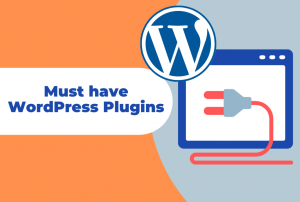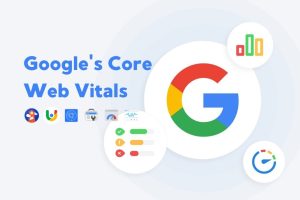Website speed optimization is an important factor for search engine ranking and user experience. SEO practices on a website stand to reach the right audiences. Whereas, speed optimization stands to serve as a lightweight, and fantastic experience for each user. It also matters for efficient SEO.
Speed optimization is dependent on several facts and technical alignments. Let’s dig down. First, take a look at how speed optimization can help to improve a site’s performance.
The Benefit of Speed Optimization
Speed optimization is one of the major factors to stand out in this competing internet world. The audience will be more engaged and keep coming back to your site. Although when it comes to ranking, page load optimization matters to reduce the delaying rate. To explore our WordPress speed optimization service simply click here.
Speed Loading and Page Ranking
Google tracks how visitors are reacting and staying at your site. Any visitor makes decisions to stay or bounce back, in the first couple of seconds. If your page does not load immediately, users will lose their interest. Speed optimization helps the site to get lightweight and more fluent to audiences.
While google identifies that the website is doing well and people are frequently visiting, it will gradually boost page and site ranking. Most people ignore measuring their website performance. Remember that a well-optimized website is more conversive than comparable local marketing channels.
Ideal Visitors
When people experience fast loading along with beneficial information, they’ll be attracted to services. Among these leads, you’ll be able to advertise products and services in a nice and shiny way. Speed optimization is the first requirement to get leads and transform them into profitable consumers.
Efficient User Experience
Speed optimization will remove useless coding, graphical data, and make the site lightweight. This affluent approach lets you insert more engaging ideas, CTAs, and funnels, and other structural changes to your website. For great user experience requires steady support which increases brand credibility.
Higher Conversion Rate
People always seek information on anything before they consume, buy, or suggest. Either a product or service, visitors must inspect the quality, efficiency, and company. A well-optimized website is a fabulous way to present your brand identity to the world.
Speed optimization is one of the many things that you can serve to your visitors on your website. Ultimately, your content quality matters the most to stand out and build a relationship with audiences.
Increase Visibility
Speed optimization brings more sustainable visitors who surf throughout several segmented pages. Search engine robot detects those popular visited pages and places them directly under the URL. It encloses a huge opportunity to dominate the SERPs and increase domain authority for a long time.
Guides to Speed Up Your Website
As we say that, there are several factors to improve page loading time. Before optimizing, it’s a must to determine the current loading time and existing slowing down components. The recommended page loading speed is under three seconds.
Following things can be measured to speed up the website initially,
Use a Content Delivery Network (CDN)
A content delivery network or CDN is a set of servers distributed across different locations. While you host a website on any single server, every user request will be sent to the same hardware. This process requires loading each request every time.
However, the load time increases when users are physically far from the server. Content delivery network reduces the loading speed by making the website virtual. Pages are now delivered quickly and the website will be productive. This is a worthy buy pricy solution to increase sites efficiency.
Optimize the size of images on your website
Images are one of the most important content materials for a website. Images make every complex thing easy to digest. Unfortunately, images are usually large files that slow down a website. But how to use them without compromising the website’s health?
The best way to decrease image size without compromising the quality is by using image compressors and exporting them in Webp format. This image file type keeps the image stand out along with making it lighter.
Reduce the number of plugins
To add specific features and compatibility, plugins work as common components. Remember that, the more plugins you install, the more resources needed to operate them. As a result, the website runs slower and is less secure. Check all installed plugins and sort them according to effectiveness.
Through performance tests, you can find outdated plugins and other elements. This upgrade increases the website’s quality along with increasing surfing speed. Avoid using plugins that generate lots of database queries or scripts. Keep necessary plugins and always update them.
Move your website to a better hosting
Nowadays, the most popular hosting is shared, which is the cheapest way to get your site online shortly. The fact is that you need to choose a fast web host to get better optimization. However, shared hosting means sharing your CPU, space, RAM with others.
Shared hosting servers slow down your site, especially on mobile devices. That is the reason, you should use a Virtual private server (VPS) or a dedicated server. Also, you can rent dedicated cloud storage from AWS, MS Azure, Google, or local cloud service providers.
Detect errors and redirects
The server shows a 404 error when the accessed content no longer exists. So detecting those error links means fixing them. Which link contains traffic, redirect them for external links. Or, leave them if they no longer bring visitors. If there is no visitor, that link does not consume any storage.
Using so many redirects causes slow loading and decreases website authority. To find all redirects on your page, you can run the site scan. If they don’t serve any necessary purpose, eliminate them.
Final Thought
Speed optimization is an overall thing to consider. Typical pages take 3 seconds to load fully. You have to keep monetizing on a routine basis to keep your site top-flexible. Evaluate key factors for website success, conversion, visibility, and performance. Stay oriented that defines your conversion success.






